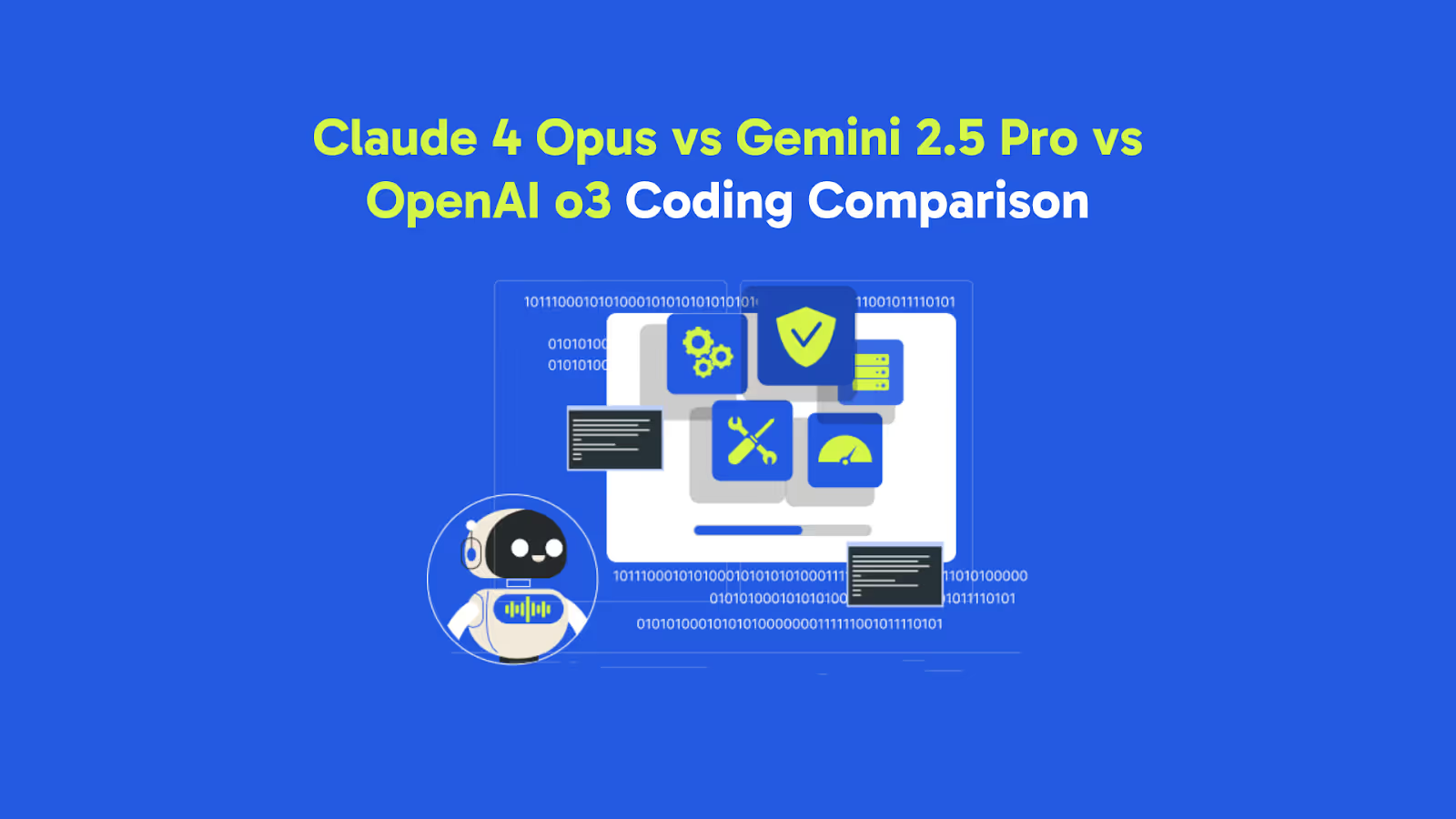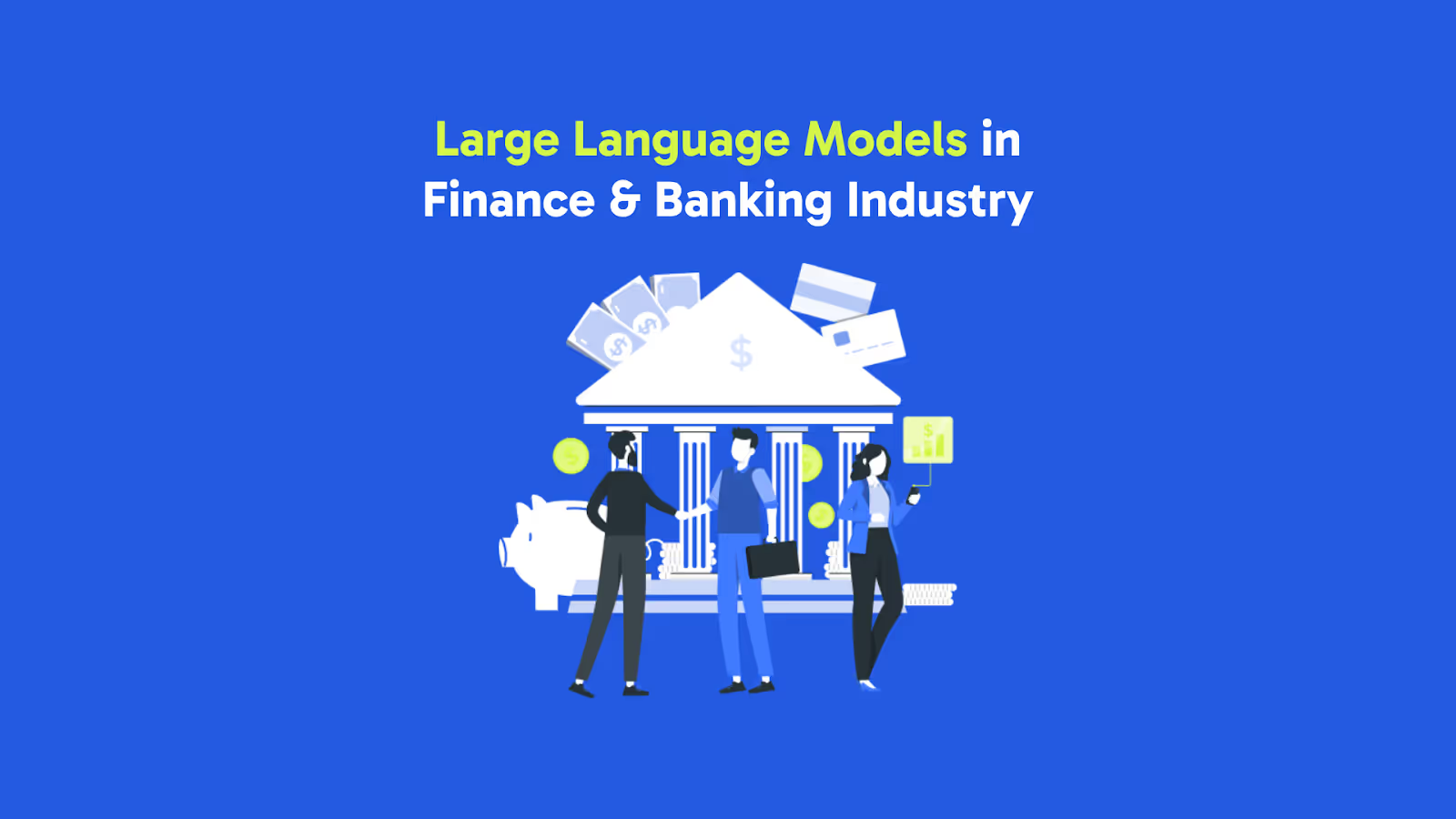Breaking their heaviest commercial barrier, language models have gone multilingual having far-reaching consequences for both industry and research. This blog will explore the mechanics of these models!
Multilingual language models are built on the same foundational principles as their monolingual counterparts but with a broader, more complex scope. At their core, these models are designed to understand and generate text across multiple languages; what sets them apart is their training data. Instead of being trained on a single language, MLMs are exposed to vast, diverse datasets encompassing multiple languages. This multilingual training updates the model's vocabulary, allowing it to converse in more than one language.
Again, similar to their monolingual counterparts, most of these models are based on similar transformer architectures. The core operation to output the next word is still simply using attention mechanisms to weigh the importance of different words in a sentence by probability. In a multilingual setting, this fascinatingly means the model can understand nuances across languages, such as idioms, cultural references, and syntax differences, as long as these are documented and available as training data.
In a technical sense too, a shared vocabulary is used. Unlike monolingual tokenization which uses language-specific tokenization, multilingual models use sub-word tokenization, allowing recognition of common sub-words across languages. This is key for efficiency, since it allows the model to represent words from different languages using a common set of tokens. For instance, the root "inter" might be a common subword in English, Spanish, and French, saving the model space.
Some multilingual models incorporate language-specific embeddings alongside word embeddings. These act as a sort of language identifier, helping the model distinguish between different languages more effectively. This is particularly useful in handling code-switching scenarios, where a user might switch between languages mid-sentence - a common occurrence in multilingual communities.
The language embeddings allow the model to maintain context even when the language changes, ensuring coherent responses in mixed-language interactions. This capability is especially valuable in customer support scenarios where users might naturally blend languages based on their comfort or the technical terms they're familiar with.
Now, imagine applying this advanced technology to customer support. Traditionally, providing support in multiple languages has been a resource-intensive process. MLMs revolutionize this landscape by reducing that number to one. In practice, this means a single AI-powered support system can handle queries in dozens of languages, understanding context, sentiment, and even cultural nuances. Customers can communicate in their preferred language, receiving responses that feel natural and personalized. A boon for both: customer satisfaction, and global outreach.
Low-latencies and efficient document lookups act as crutches to make the MLM job-ready, in a market where timely and accurate communication can make the difference between retaining or losing a customer. Furthermore, their ability to handle code-switching makes them ideal for diverse, multilingual communities.
Naturally, these are imperfect and being improved upon still. Dedicated mono-lingual models learn the language in a more efficient manner, and are able to recreate more accurate results consequently. In the multilingual case, one language’s pattern can be mis-interpreted or mis-applied in another language. This can especially be the case when similarly-scripted languages have large disparities in available training data- the dominant language’s pattern can be generalized by the model to the other, similar languages.
The future of communication is multilingual, and with MLMs at the forefront, we're stepping into an era where language differences no longer limit our ability to connect, understand, and support one another. As we continue to refine and expand these models, we move closer to a world where seamless, natural communication across any language is not just a possibility, but a reality.
Reach out to us at hello@nurix.ai to explore how we can help your business through language models!











